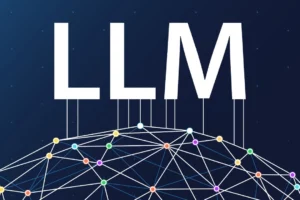The rise of physical autonomous systems (PAS), from self-driving cars to surgical robots, promises a future brimming with convenience and efficiency. However, this technological revolution presents a critical crossroads: how do we ensure the safety of these systems and hold someone accountable when things go wrong?
This blog delves into the intricate dance between AI safety assessments and legal accountability in the realm of PAS. We’ll explore the challenges, propose potential solutions, and ultimately paint a picture of a future where innovation thrives alongside responsible development and deployment.
The Challenge: Defining Responsibility in a Black Box
PAS operate within an intricate network of algorithms, sensors, and external factors. Attributing blame for an accident becomes immensely complex, with fingers pointing towards:
- The AI developer: Were there flaws in the algorithm’s design or training data?
- The manufacturer: Did the physical system have inherent safety deficiencies?
- The user/operator: Did their actions contribute to the incident?
The Current Landscape: A Patchwork of Solutions
Currently, various approaches attempt to address this accountability challenge:
- Product liability laws: Existing frameworks are stretched to fit novel PAS, often leading to unclear outcomes.
- Regulation: Efforts are underway to develop specific regulations for PAS, but they are still evolving.
- Ethical guidelines: Industry-driven initiatives offer guidance, but lack enforceability.
The Need for a Holistic Approach: Combining Safety Assessments and Legal Frameworks
A comprehensive solution requires a two-pronged approach:
1. Enhanced AI Safety Assessments
- Standardization: Develop standardized assessment frameworks across industries and applications.
- Transparency: Encourage transparency in algorithm design and training data to facilitate scrutiny.
- Explainability: Foster the development of explainable AI models to understand decision-making processes.
- Independent testing: Implement independent testing bodies to verify safety claims.
2. Evolving Legal Frameworks
- Clear liability models: Establish clear legal frameworks that define responsibility based on negligence, risk assessment, and other factors.
- Proportionate liability: Allocate liability proportionally based on the contribution of each party involved.
- International collaboration: Foster international cooperation to develop harmonized legal principles for PAS.
- Insurance mechanisms: Explore insurance solutions to mitigate risks and provide compensation for victims.
Beyond Technology: The Human Factor
It’s crucial to remember that AI safety and legal accountability are not solely technical issues. Public trust, ethical considerations, and social impact must be woven into the fabric of any solution.
- Public engagement: Foster open dialogue with the public about the development and deployment of PAS.
- Ethical considerations: Integrate ethical principles like fairness, non-discrimination, and privacy into the design and operation of PAS.
- Social impact assessments: Conduct thorough social impact assessments to anticipate and mitigate potential negative consequences.
Building a Future of Trust and Responsibility
The journey towards a future where PAS safely and ethically interact with humans is complex. By combining robust AI safety assessments with evolving legal frameworks, we can pave the way for responsible development and deployment. Ultimately, this is not just about technology, but about building trust and ensuring that the benefits of PAS are shared equitably and ethically.
















Add Comment